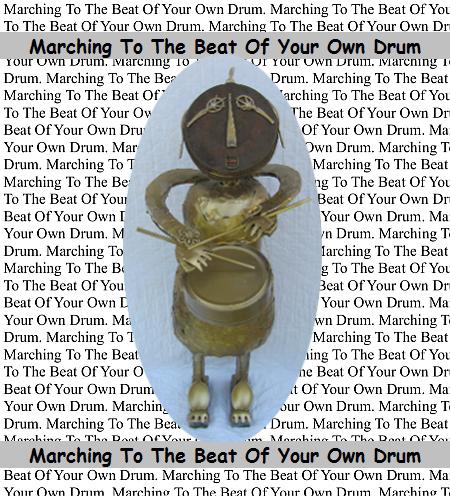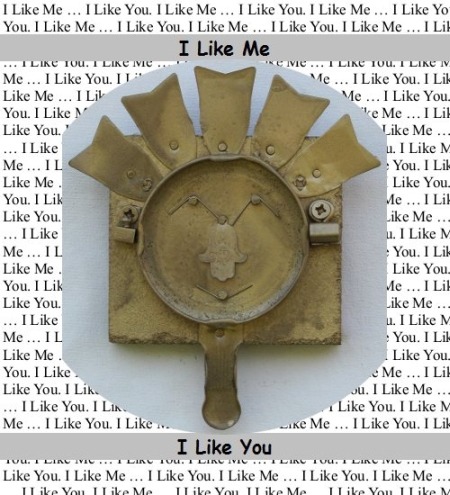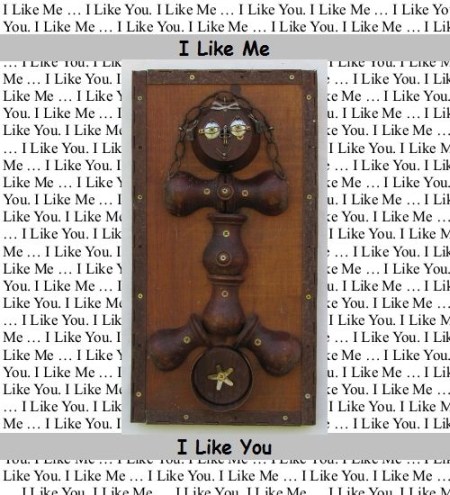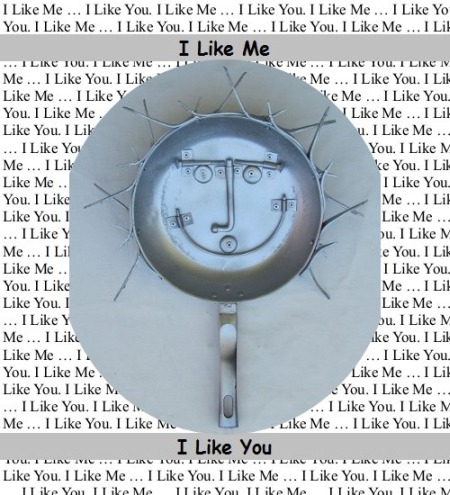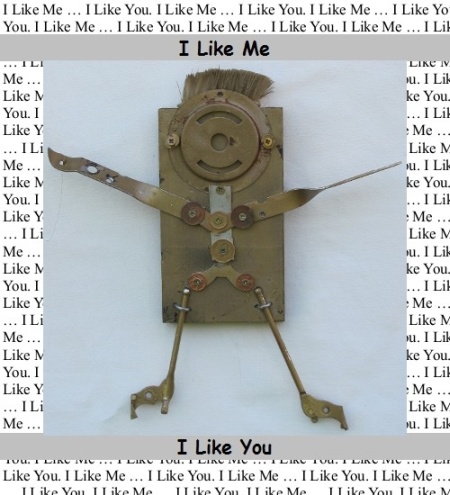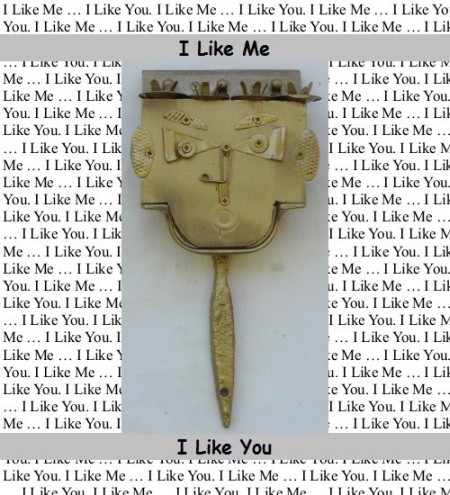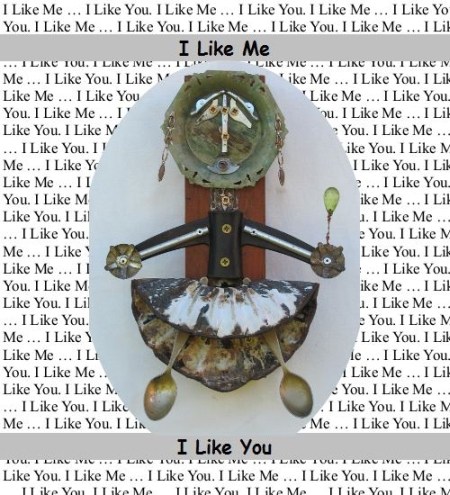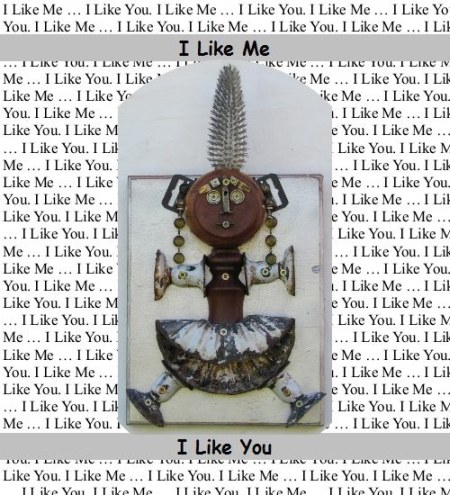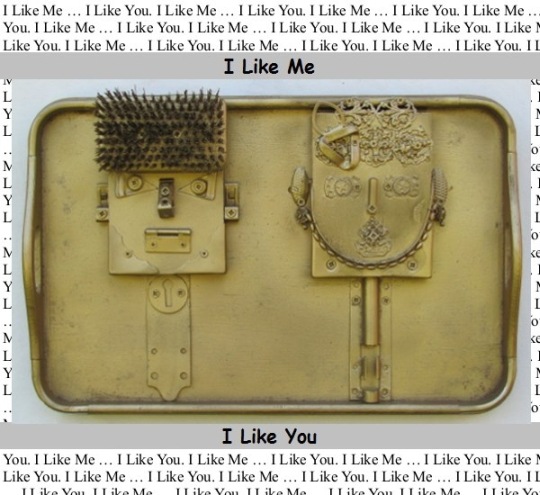I keep plugging away at communication, endeavouring towards “openness,” as in being both truthful and open-minded. This approach entitles everyone to a full hearing, thereby encouraging communication on any issue in need of discussion. Okay. Sounds good. Sounds straight-forward. Not so? Not so.
This path of communication is not always pleasant or “easy peezy” in the doing. It might be messy, churning with avalanches of emotions, these outpourings of verbal communications. I still find the process daunting, to say the least. So why do I persist in this means of attempted communication? Why do I encourage … no, IMPLORE my nearest and dearest to examine communication break-downs? It is in the sincere hope of finding workable solutions to these deadlocks, by dealing directly with sore feelings resulting in harmful division and caused by unresolved differences of opinion. I invite the pouring out of these woes when I am the perceived culprit. I may have interfered, or inflicted hurt or irritation in some way, wittingly or unwittingly. These circumstances may arise by my being forceful in my opinions in an area where he/she/they perhaps need, or choose to explore without my input!
WELL, if something negative erupts between us, in any way clogging communication, we need to talk things over, even if the outcome is simply admitting to choosing, or needing the space in which to do something entirely alone, exercising one’s individual freedom. This form of frank discussion, hopefully entails discussing an issue before it reaches a point of being out-of-control bitter. The longer a tense situation is left to fester, the harsher an attack might be in an ensuing discussion, which further intensifies the resulting mode of communication. However far gone a situation is, I believe that the sooner “clogged-up” issues are addressed, the less likely will be an attack or clash with serious intent to hurt. This form of direct communication seems to me, to be a good way in which to keep or restore relationships to, at best, strong, clear ground, or at the very least, when there is a deeply troubled relationship, it might encourage a trickle, or even a flow of unclogged communication.
These discussions may be fairly harsh to deal with though. Sometimes (most times) in these close, “painful’ish” meetings, lurk huge human and fundamental differences and/or markedly differing points of views, or different views entirely. Yet I plead for this form of dialogue, this “lets talk it through,” saying exactly what needs to be said quite honestly and openly. Indeed, it is the only way I know of, in which to maintain a relationship without forbidden places in the areas of our relating to each other. I might scream and yell and kick inwardly, protesting to myself that it hurts. I feel defensive and long to justify or defend my insecure inner quakings at criticisms, especially when they are aimed at me. I do not enjoy these sessions. I do however feel they are necessary in certain dire instances of relationship “jam ups,” to ensure an ongoing and healthy relationship. It certainly does feel good to have a sore issue openly dealt with and resolved, or resolved in part. I simply feel heaps better, even when certain aspects of an issue may need to be left unaltered, faced up to, but essentially unchanged. The point of this style of communication is not necessarily to wrap everything up neatly and tidily, but to voice unvoiced grievances clearly, in order to ultimately heal unresolved rifts. Going directly to the heart of discord, aims at enabling differences to be dealt with and those “niggling knots” which strangle a relationship may be discarded. It then becomes possible to move on, unfettered by debilitating bitterness that “undealt-with” hostility may incur.
The solution might simply be in consenting to continued differing approaches. Achieving this tolerance is greatly aided by an avoidance of pettiness, disallowing injured pride and pent-up feelings to interfere with a sincere desire to put things right. When an injury is incurred, who better to ultimately help heal this wound than the person who is believed to have inflicted this hurt, intentionally or not? This form of forthright communication leads to greater understanding and new or renewed trust in each other.
One might feel unjustifiably blamed for expressing a firmly-held opinion, which may cause discord or division. In this instance, one should be at liberty to stick to resolute beliefs, whilst simultaneously being genuinely remorseful at having caused injured feelings, owing to unshared opinions. There may in such a situation, be an understanding reached, only through a resulting agreement to respect and accept each other’s differing viewpoints. When partaking in this form of communication, one needs to be as honest with oneself as possible and really examine one’s own underlying motives in an attempt to be as sure as possible of one’s true intentions. Was one perhaps merely reacting out of hurt and therefore aiming to hurt in retaliation? There needs to be careful and honest self-examining of underlying feelings and motives. These confrontations, even when complicated and uncomfortable, should nevertheless be undertaken in an exchange that is as respectful as possible, of self and others involved. It makes sense to me that, when there is an ongoing problem, those concerned need to talk with and listen to each other.
Sometimes a communication needs broaching, wherein a blamed person may be completely unaware that a problem exists. Frequently, hurtful situations are diluted and left unresolved when a conflict is not broached directly, but rather bitterly blurted out to someone who is not directly involved. This might help to ease a distressing situation in the short-term, as a “quick fix,” but ultimately, it does not tackle the problem at its core. In open confrontation, the “hurter” is offered an opportunity to hear the complaint of the “hurtee.” The blamed person may otherwise remain totally unaware of an eruption that he or she has supposedly caused. Approaching a dispute openly, often dispels formerly “undealt-with” resentment. Dealing directly with the core of the problem makes it less likely that sediments of anger will linger, which may be inappropriately dredged up thereafter, in some future unrelated dispute.
We sometimes blatantly, or inadvertently set uneasy situations in motion, saying or doing something to cause an emotional eruption, or something we do (or say) which might be misinterpreted. A chain reaction may then be set in motion. Intentionally or unintentionally, there might be a retaliation in response to a previous and unexplored dispute, left festering, belatedly flaring up. These unresolved issues have a habit of resurfacing, stirred into reaction, possibly by some unrelated trigger action or word. Some soul-searching may be necessary at times regarding the functioning, or non -functioning of central relationships. A yell of inner pain, suppressed dialogue long bottled-up, may in a conflict, be inappropriately regurgitated, signalling perhaps “undealt-with” undercurrents. We need to explore whether we are addressing a hurt with the appropriate other person, or spewing it out belatedly, as a delayed reaction to another earlier conflict left unresolved. Confronting the very person who has, even inadvertently, inflicted hurt on you, or indeed may have intentionally lashed out at you, is hard to do. Blaming each other with no move towards reconciliation however, further deepens a rift.
One needs to approach situations of estrangement with every intention of reaching a mutual understanding and/or re-harnessing connectedness. These are the ultimately healing outcomes I anticipate when I encourage this form of communication, which for me is what makes the effort worthwhile. In these challenging situations, dealing with damaged communications, however stressful they are, I endeavour to be mindful of my reactions. I attempt to be consciously aware of the respect, regard, love, or liking for this other person, as well as respect for myself. I aim to remember during these exchanges of conflict, that whatever differences there are and might remain, I set out with a will to heal a hurt. I need to know in my innermost, honest testing of myself, that I truly aim towards restoring peace. Sometimes, we need to incorporate or retain certain differences, involving mutual tolerance. After a dispute, when “ouches” have subsided, I might howl inwardly, albeit momentarily. As strange and contrary as this sounds, these are just my fears, belatedly showing up when it feels safe to do so, after the conflict has been confronted and dealt with. Then my underlying horror of this always-frightening-for-me process, might emerge.
This direct and wide-open approach needs to be carried out with underlying goodwill and a sincere resolve by all involved, to work towards harmony and/or restored compatibility. I am always encouraged by the huge and immediate relief apparent at having “made things right” and the often-corresponding insightfulness, inspiration and understanding and compassion that follows. A commitment towards a deeper understanding and tolerance of each other, leads to the strengthening of a relationship. Satisfaction and trust are built when we choose to face each other in a true spirit of communication, with a yearning to heal ruptures. Communication undertaken with integrity, strengthens our bonds through mutual respect and creates an urge to ultimately move closer together … thereby lessening the likelihood of ever creating a situation where the “jump-space” between us seems “unjumpable.” Nevertheless, after these “get-togethers,” I am sometimes (most times!), but only momentarily mind you, left somewhat crumpled, by the sheer intensity of these confrontations … a most unlikely looking crusader for this bold form of “person-to-person, upfront honesty.” I have a strong belief in upfront confrontation, although I reiterate that we need to put ongoing effort into this mode of communing. It is not brought about without effort or tenacity, but I am continually inspired by the solidness, the unity, the trust and the bonds that are instilled by this “opening up.”
I am keenly aware of why I believe it is so worthwhile approaching each other in this way. These occasional “sparring partners” are also the people that allow me mostly “to be.” In communicating with each other in order to heal an estrangement, striving to restore peace, we are reaching out with positivity and trust in each other. Issues which impede further growth in any way, are best spoken through. During the mostly strain-free “between-times,” these rare, but potentially stormy talks I promote are a topic of family mirth. These quirks of mine might encompass my frequent and “lengthy” explanations of things I feel might have been misunderstood, or misconstrued. Add to that my colossal need to talk “tangled-things” through, person-to-person. There is also my intensity regarding confrontation and my intensity about most other things too. I do not go around confronting everyone I meet, on every issue, or perceived hurt, or slight. Mostly, I advocate communicating in this way with those who are of greatest importance to me and whose opinions I therefore most deeply respect. My feelings are however most likely to be bruised by these hugely significant others, these intimates, who are the people I love and trust and believe in the most. These are therefore the relationships that I endeavour to keep as open as I know how. They are the people I most readily reach out to and who reciprocate with huge amounts of perception and generous understanding. This connectedness through ongoing communication, tends to forge deep foundations. We are often enriched by certain huge differences of opinion, which may however, lead to hurts and misunderstandings too, from time to time. When disputes happen again, as they will, we’ll talk them through no doubt, because I have not yet found any way that works better.
This method of communication might well work for you, if you readily embrace differences of opinions and encourage free-spiritedness and if you are willing to look beyond the neat “wrapping up” of situations. I believe there are no trite, or tidy, or little reassurances, or guarantees in relationships. Life is a churning, ever-changing experience and we need to be readily flexible and open to the mix of joy and pain that it entails. I feel there is a “rightness” in an approach incorporating open-heartedness, tolerance, trust and loyalty, avoiding defensiveness and mean-spiritedness. We need to attempt communicating mindfully with each other, in both listening and hearing mode. Our “reaching out” should be a meaningful attempt towards an understanding of each other, our “samenesses” and our differences. It is often a communication of acceptance of our differences that we need to acknowledge.
No one should control another’s opinions. No relationship should entail a “being swallowed or absorbed,” so as to lose one’s separate identity, or individuality of character. I feel that openness of expression and a right to one’s personal responses should be encouraged from earliest childhood. Children should feel free in verbalising their feelings in response to parents and others. We should feel no need to appear to be “all-knowing.” Making mistakes, or changing course, does not lessen trust, or cause instability, when openly discussed. It instils the knowledge that a continuing search for truth is vital to a healthy relationship. A pretence at being “right at any cost” arrests our growth. There might be previously held and strongly enforced judgements which we may subsequently reconsider. We should freely admit to any significant change of stance, to anyone we might have restrained, or adversely affected by our former thinking. This might be a child, a spouse, a family member, a friend, or a colleague.
Communication means embracing all our inter-reactions, rejoicing in the things we have in common and the equally important areas in which we might differ. Diversity is healthy and enriching. We should allow for flexibility within ourselves, having enough pliancy and vibrant elasticity, to reach out unendingly towards each other. We all have a right to our own belief systems, opinions and moral standards, hopefully avoiding ever becoming too rigid in our thinking. We should readily re-think any thought process that no longer feels comfortable, balancing our individual freedom by taking full responsibility for all our decisions and actions.
